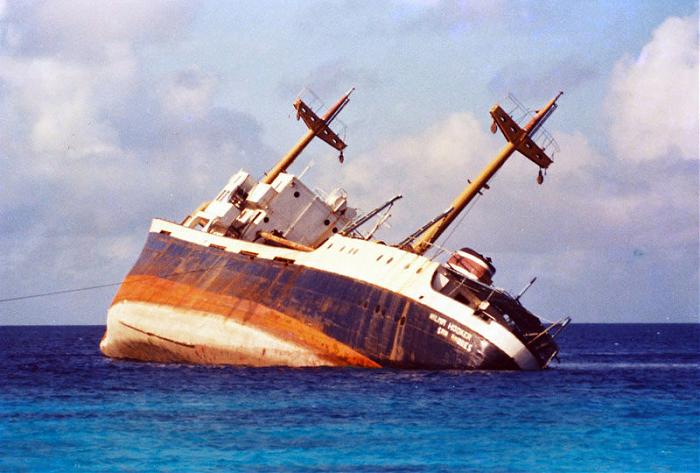World's oldest shipwreck discovered off Israel's coast
The shipwreck was found at a depth of 1800 meters, some 90km from shore, during a survey by a natural gas company, Energean. The wreck is believed to date from a period known for significant cultural and trade exchanges across the region. Artefacts recovered from the site include pottery, weapons, and tools, suggesting that the ship was part of extensive trade routes connecting ancient civilizations across the Middle East, Egypt, and possibly even further afield.














